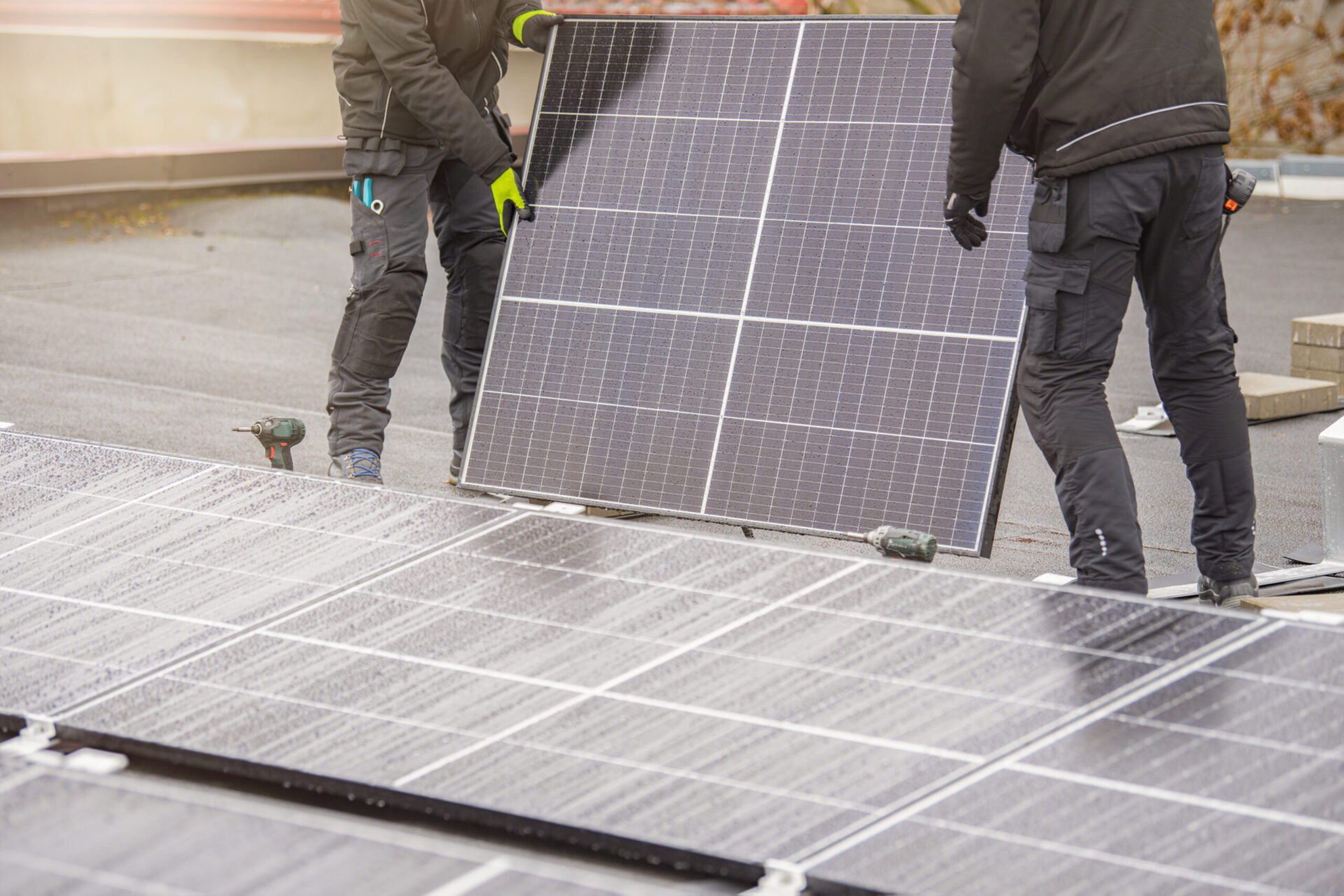By KIMBERLEY HAAS
Officials at the U.S. Department of Housing and Urban Development have awarded funding from a program established by the Inflation Reduction Act to owners of assisted multifamily housing properties and the money is going to climate-related investments.
The act, signed into law by President Joe Biden on Aug. 16, 2022, has done little to reduce inflation but is considered the most significant policy action on clean energy in United States history. It established the Green and Resilient Retrofit Program, providing HUD with $837.5 million in grant and loan subsidy funding and $4 billion in loan commitment authority.
According to a press release issued on Wednesday, money from the program will enable building owners to invest in geothermal energy systems, heat pumps, roofing that is wind and fire resistant, low embodied carbon materials, and other measures.
“This first wave of funding will invest in properties by making resiliency upgrades like adding solar panels, updating heating and cooling, and replacing windows,” HUD Secretary Marcia Fudge said in a statement.
Fudge said the Green and Resilient Retrofit Program advances their work “to ensure low-income individuals and families have better access to healthy, energy efficient, and resilient homes.”
The initial round of $18 million in grant funding and loan commitments will help to secure upgrades for 28 multifamily properties in 11 states and Washington, D.C.
Additional monies will be released throughout 2023 and 2024, according to the press release.
Assistant Secretary for Housing and Federal Housing Commissioner Julia Gordon said in a statement that the administration has an ongoing commitment to improve the lives of low-income families by making their homes safer and more sustainable.
“GRRP is a significant investment in communities that typically do not receive this type of assistance yet are often the most adversely affected by climate change,” Gordon said.
White House officials claim the country is now on a path to achieve the goal of cutting emissions 50% to 52% below 2005 levels by 2030 and reaching net-zero emissions by no later than 2050.
Read More Articles:
In-Person Work, Quality Of Life Affects Americans On The Move
Alternative For Credit Invisible Borrowers Finds Success
FHA Axes Mortgage Credit Reject Screen
For today’s top stories and to sign up for our newsletter, click here.
